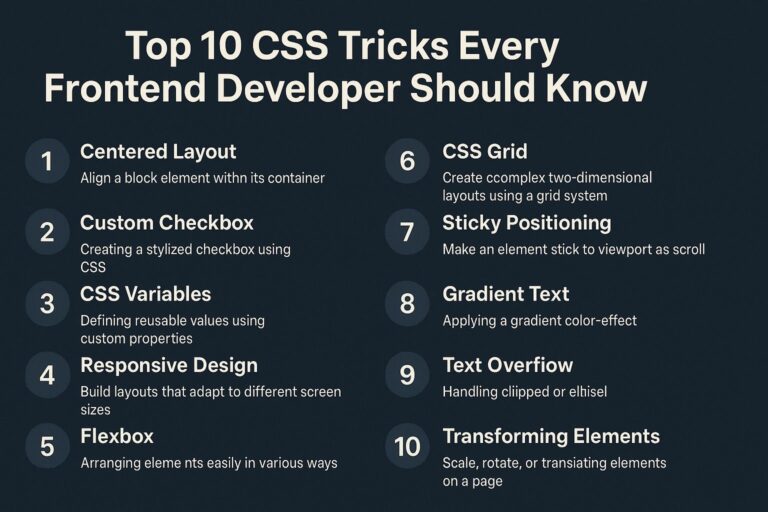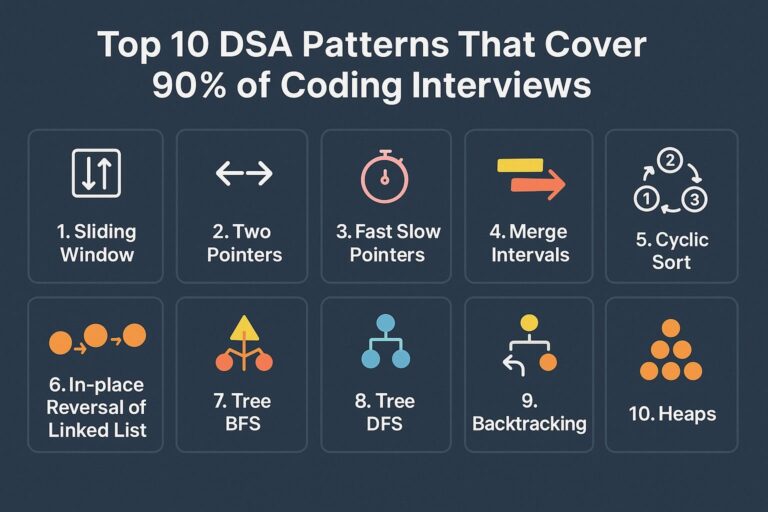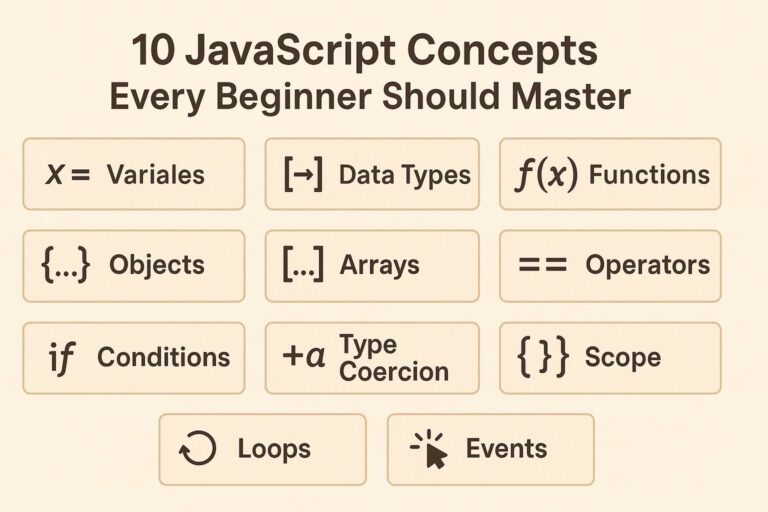
In recent years, the demand for faster software development and digital transformation has given rise to a powerful trend: low-code and no-code platforms. These tools are changing the way businesses build applications, allowing both developers and non-developers to create robust solutions with minimal hand-coding.
In this article, we’ll explore what low-code and no-code platforms are, why they’re gaining popularity, how they differ, and what the future holds for this rapidly evolving space.
What Are Low-Code and No-Code Platforms?
At their core, low-code and no-code platforms are application development environments that use visual interfaces, drag-and-drop tools, and prebuilt components to simplify the process of creating software. They abstract much of the complex coding, allowing users to design, test, and deploy applications more quickly and with fewer technical resources.
Low-Code:
Low-code platforms are designed for developers or semi-technical users. They allow significant customization through scripting or coding when needed, while still accelerating the bulk of development using visual tools.
Examples: OutSystems, Mendix, Microsoft Power Apps
No-Code:
No-code platforms are tailored for business users or citizen developers with little to no programming experience. These tools enable app creation through configuration rather than writing code.
Examples: Airtable, Glide, Bubble, Webflow
Why Are These Platforms Gaining Popularity?
1. Shortage of Skilled Developers
One of the key drivers of low-code/no-code adoption is the global shortage of experienced software developers. Organizations are looking for alternatives to build applications without having to hire large development teams.
2. Faster Time to Market
These platforms significantly reduce development time. Applications that might take weeks or months to build from scratch can often be developed in days using visual builders and templates.
3. Empowering Business Teams
Low-code and no-code tools empower non-technical staff—such as operations, HR, finance, or marketing teams—to build their own tools or automate workflows without waiting on IT.
4. Lower Development Costs
By reducing the need for large engineering teams and accelerating development cycles, these platforms also help reduce software development and maintenance costs.
5. Built-in Integration and Automation
Many platforms come with native integrations for popular services (e.g., Salesforce, Slack, Gmail) and support automation through workflow builders, which further simplifies business processes.
Key Features and Capabilities
Most modern low-code/no-code platforms offer:
- Drag-and-drop UI builders
- Pre-built templates and widgets
- Workflow automation tools
- Database connectors and API integrations
- Cross-platform deployment (web, mobile, desktop)
- Role-based access and user authentication
- Real-time data synchronization
- Testing and version control tools
Advanced platforms may also support AI-powered features, logic editors, or embedded scripting capabilities to extend functionality.
Use Cases in the Real World
Low-code and no-code platforms are used across industries to solve a variety of challenges. Some common use cases include:
- Internal business tools (dashboards, CRMs, helpdesk systems)
- Data collection and analysis apps
- Customer self-service portals
- HR onboarding workflows
- Inventory and asset management
- Mobile apps for events or campaigns
- E-commerce storefronts and landing pages
These platforms also play a critical role in digital transformation initiatives, allowing legacy systems to be replaced or integrated into more modern, agile environments.
Low-Code vs. No-Code: Key Differences
| Aspect | Low-Code | No-Code |
|---|---|---|
| Target Users | Developers, IT professionals | Business users, citizen developers |
| Customization | Supports scripting and extensions | Minimal to no code allowed |
| Learning Curve | Moderate (requires some coding knowledge) | Easy (mostly visual and guided) |
| Flexibility | High – suitable for complex apps | Lower – best for simpler workflows |
| Use Cases | Enterprise apps, complex workflows | Forms, automation, small applications |
Both models can coexist in the same organization. For example, a marketing team might build a no-code campaign app, while developers build more complex low-code tools for data analytics.
Benefits for Organizations
Adopting low-code/no-code platforms brings a range of organizational benefits:
- Accelerated innovation – Faster prototyping and iteration cycles
- Better alignment – Business users can directly contribute to app design
- Reduced IT backlog – Minimizes the burden on IT departments
- Democratization of development – Broader participation across teams
- Improved agility – Quick response to market or internal changes
Challenges and Limitations
Despite their advantages, these platforms also come with certain limitations:
1. Scalability Concerns
Many no-code tools may not scale well for complex, high-traffic applications. Performance can degrade under heavy load or complex logic.
2. Vendor Lock-In
Applications built on proprietary platforms can be difficult to migrate. Organizations need to evaluate long-term support, pricing, and export options.
3. Limited Customization
No-code platforms often restrict the level of control developers have over underlying code, making advanced customization harder or impossible.
4. Security and Compliance
When business users build applications, there’s a risk of security oversights. Data governance, role-based access, and compliance must be closely monitored.
5. Maintenance and Version Control
Without proper oversight, teams may create redundant or conflicting apps. Versioning, testing, and documentation are essential, especially in large teams.
The Future of Low-Code and No-Code
The low-code/no-code landscape is growing rapidly and is expected to play a crucial role in the future of software development. Here are some trends to watch:
- AI-powered development: Auto-generated components, predictive workflows, and AI assistants will further simplify app creation.
- Enterprise adoption: Major enterprises are incorporating low-code tools into their digital strategies.
- Citizen development governance: IT teams are beginning to adopt frameworks to monitor and guide citizen developers without stifling innovation.
- Hybrid models: Platforms are increasingly offering both no-code simplicity and low-code extensibility in the same environment.
According to Gartner, by 2026, over 80% of software development will be powered by low-code or no-code tools—a dramatic shift in how digital products are created and maintained.
Final Thoughts
Low-code and no-code platforms are transforming software development by making it faster, more inclusive, and more accessible. While not a silver bullet for every scenario, they offer an attractive solution for rapidly building internal tools, automating workflows, and enabling innovation without heavy IT involvement.
For startups, enterprises, and solo entrepreneurs alike, these platforms provide a cost-effective and efficient way to turn ideas into functioning applications—without being constrained by technical barriers.
Before choosing a platform, evaluate your use case, team capabilities, and long-term goals. With the right approach, low-code and no-code tools can dramatically enhance productivity and unlock new opportunities for innovation.

I’m Shreyash Mhashilkar, an IT professional who loves building user-friendly, scalable digital solutions. Outside of coding, I enjoy researching new places, learning about different cultures, and exploring how technology shapes the way we live and travel. I share my experiences and discoveries to help others explore new places, cultures, and ideas with curiosity and enthusiasm.






